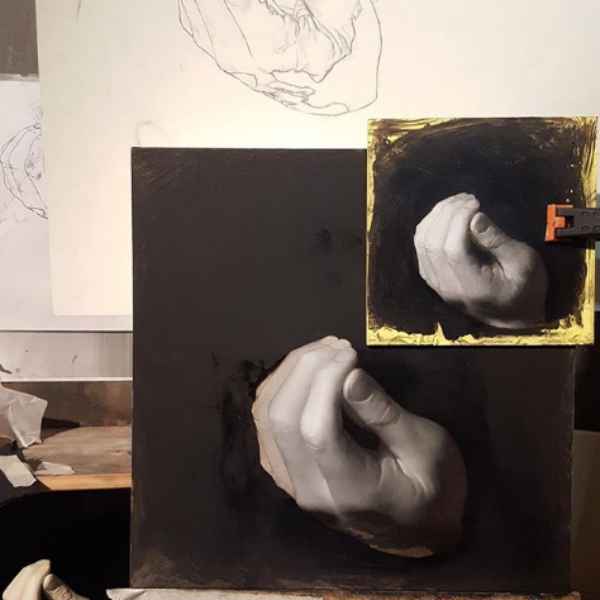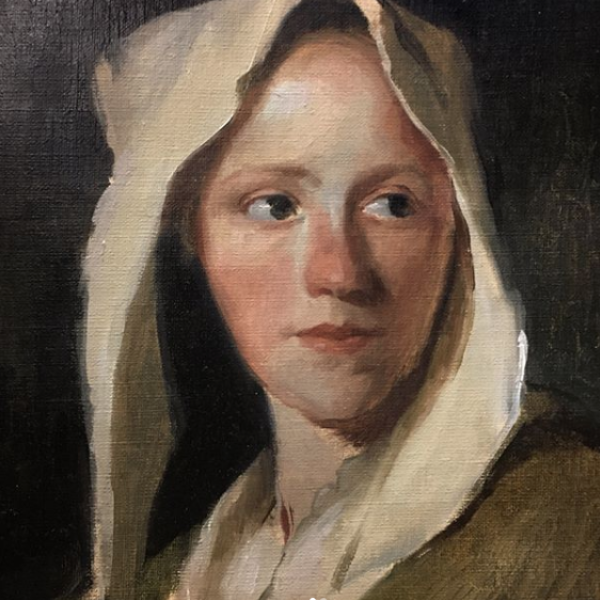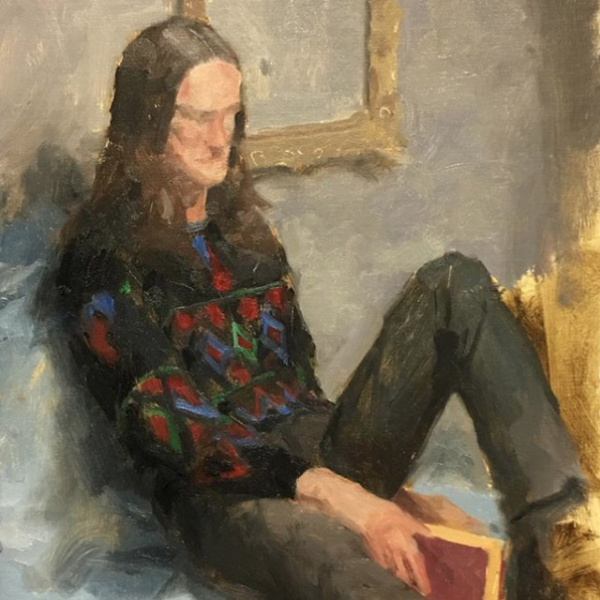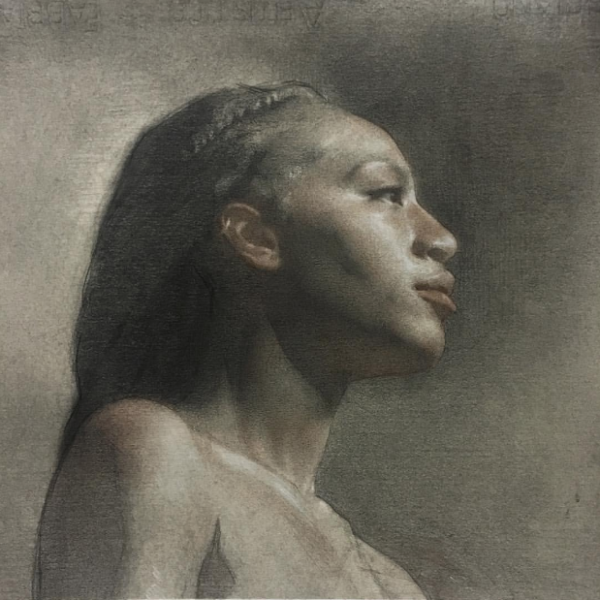Painting Year

After the Drawing Year, full-time studies continue with the Painting Year, a year-long accelerated course in figure painting. Artists will begin with a thorough introduction to theory of tonal value. Painting the casts “en grisaille” will be followed by portrait and figure painting in gray scale.
The second half of the year begins with a week-long course in color theory followed by intensive portrait and figure painting in limited and full palette. Students will focus on composition and overall value structuring by copying old master portraits, figures, landscapes and still life, and by painting weekly 4 and 8 hour figures and portraits in the interior. A final copy will be painted at the Metropolitan Museum of Art.
After a full year’s immersion in oil painting from life, the student will emerge with the confidence and experience to handle the paint in a multitude of ways: broad loose alla prima or tighter form-oriented handling with an emphasis on compositional strategies.
Students may apply to enter a Third/Fourth Year Advanced and Professional Studies program.
Fall Semester: September through January
Spring Semester: February through May
Morning Class Hours: 8:30 to 12:30pm
Afternoon Class Hours: 1– 5pm
Mid-year Individual Critiques – January
End-of-Year Individual Critiques – May
Painting Year Nine-Month Study Schedule


Value Intensive
Each student will start by mixing his or her own tubes of neutrals grays that will be used throughout the workshop. With a string of mixed neutrals grays, plus white, the students will then make value paintings of various objects from life, learning how to rationalize what they see and translate it in paint. Modeling form and handling of paint will be concentrated on and emphasized.

Cast Painting
This course continues the study from plaster casts and serves as an introduction to the medium of oil paint. Using GCA’s collection of features and heads, artists draw the cast, transfer the drawing to linen, and then paint in oil grisaille using a neutral palette of pre-mixed values. Continuing to think sculpturally, artists learn to model forms in light with the greater value range and speed that oil paint allows.

Long Pose Figure Painting
Starting with a series of two-week grisaille poses (one day for block-in, transfer at night) and moving to three and four-week poses (two weeks for grisaille, scrape and color over), students learn to synthesize the procedures, techniques and experience gained in the Drawing Year as they transition to painting the figure—first in grisaille, and eventually in full color. Artists learn to modulate the properties of hue, value and chroma from the graphite block-in to value and color studies, ebauche under-painting, and the ultimate, highly resolved finishing pass.

Old Master Copying
Copying from old master portraits, figures, landscapes and still-life paintings, making 12” oil sketches, students will learn to develop pictorial, global value-compositional thinking. Students will begin with loosely painted value/color poster studies and move to color and then to larger more long-term copies meeting once a week. The final painting will be a copy of a painting at the Metropolitan Museum of Art. The primary purpose of these exercises is exposure to compositional and aesthetic influence over technique.

Figure/Portrait in the Interior
Students will develop their ability to paint figures and portraits in the interior through weekly 4-8-12 hour paintings. Reinforcing the pure value shape composition aesthetic being explored in the master copying exercises, students will learn to create a strong likeness while developing color and value mixing and compositional strategies.

Portrait Sketch
Each day will bring a new pose, building towards painting convincing and lifelike portrait sketches. Students will approach the portrait sketch through a series of steps beginning with portrait drawing in pencil, then grisaille and finally using a full color palette. There will be an emphasis on drawing throughout, discussing concepts of flat shape block-in, anatomy, structure and perspective as they relate to the portrait. Paint handling and color mixing will be discussed.
